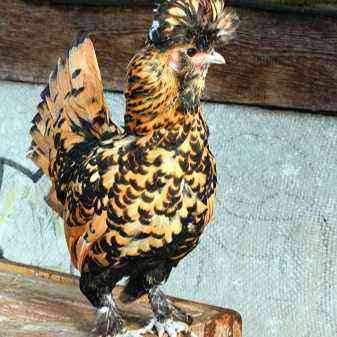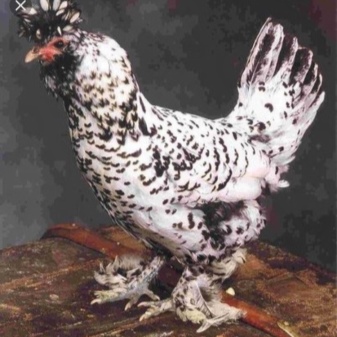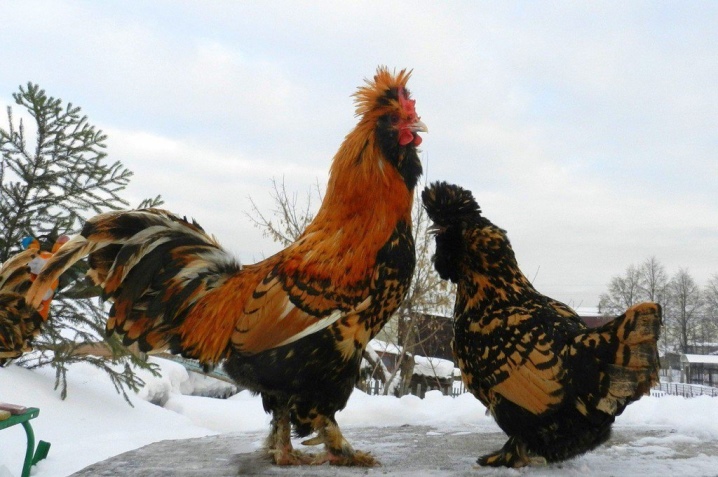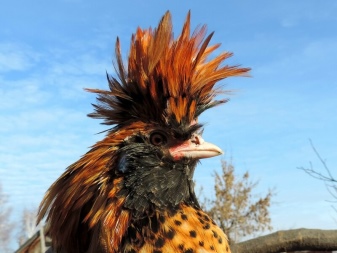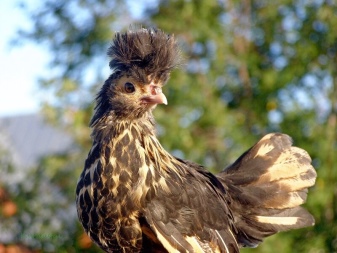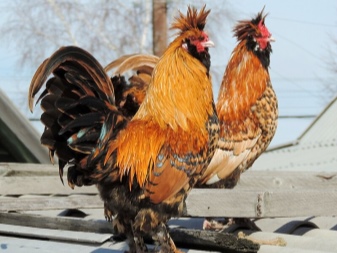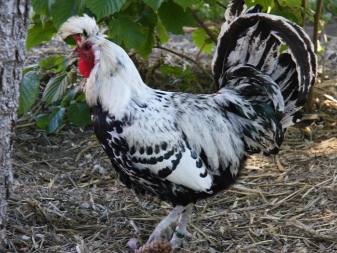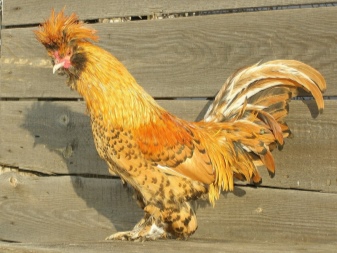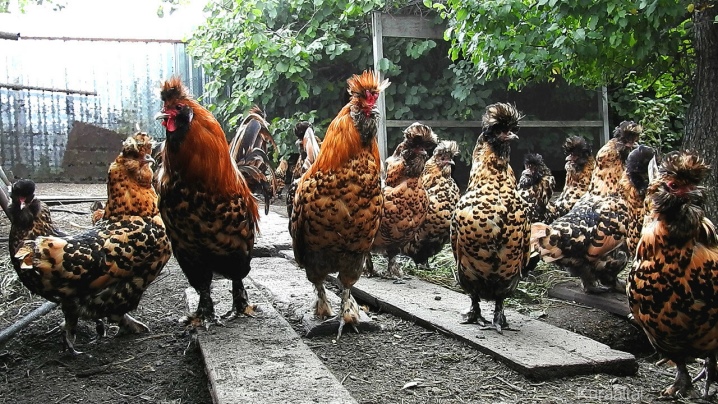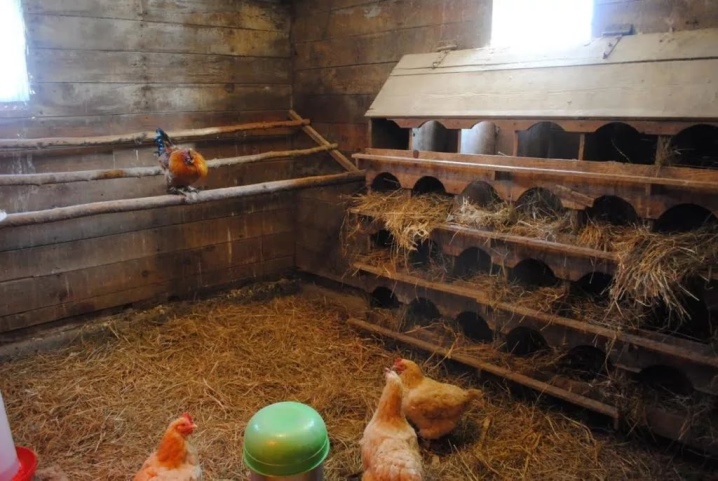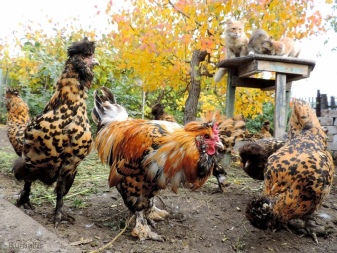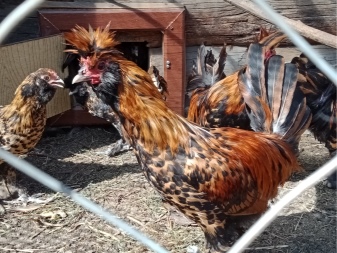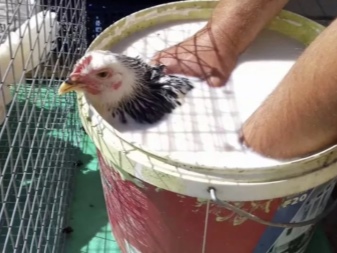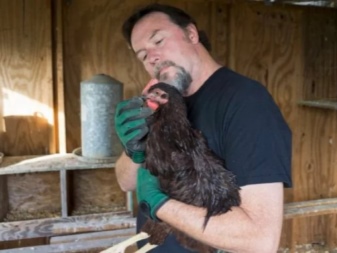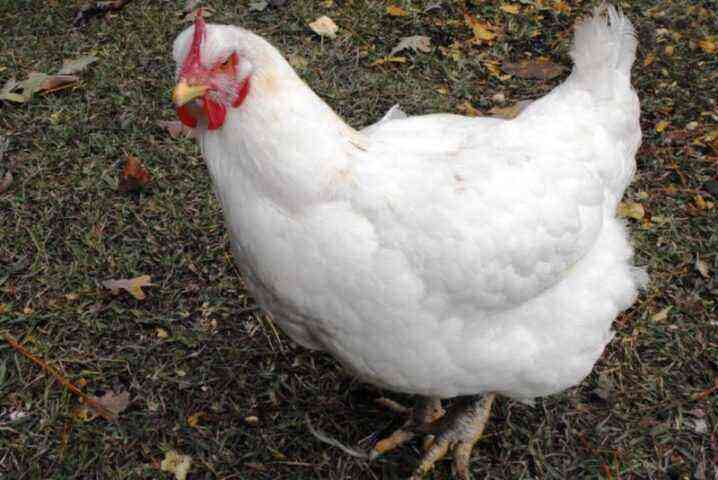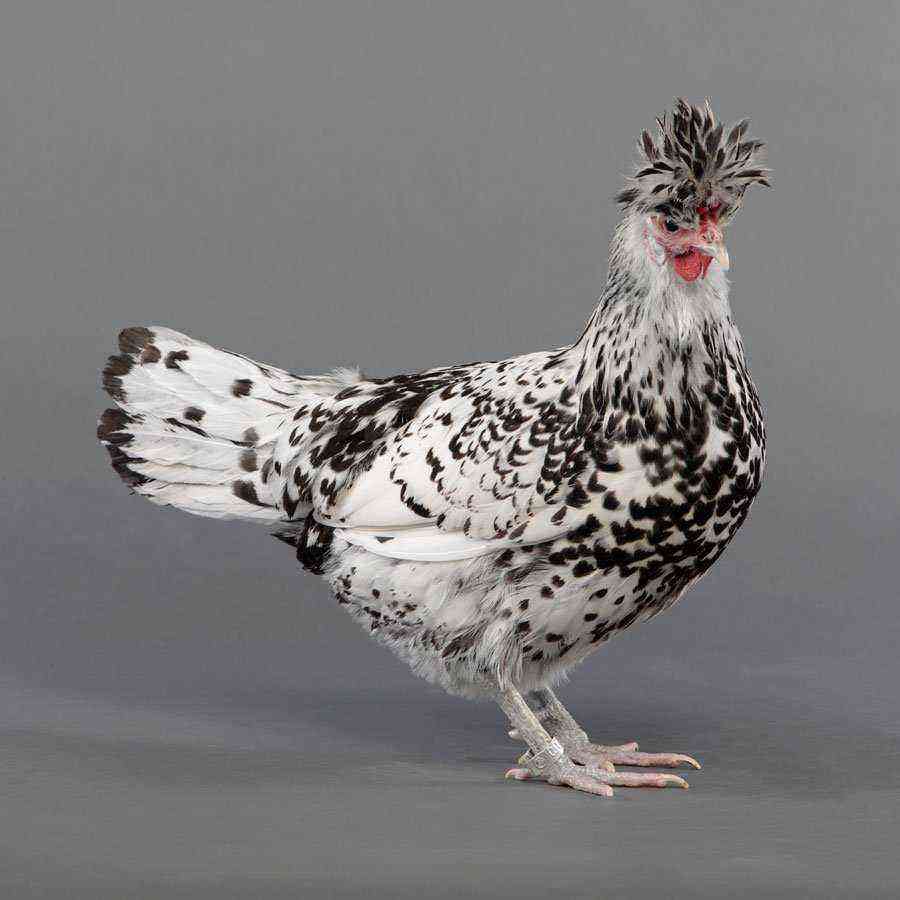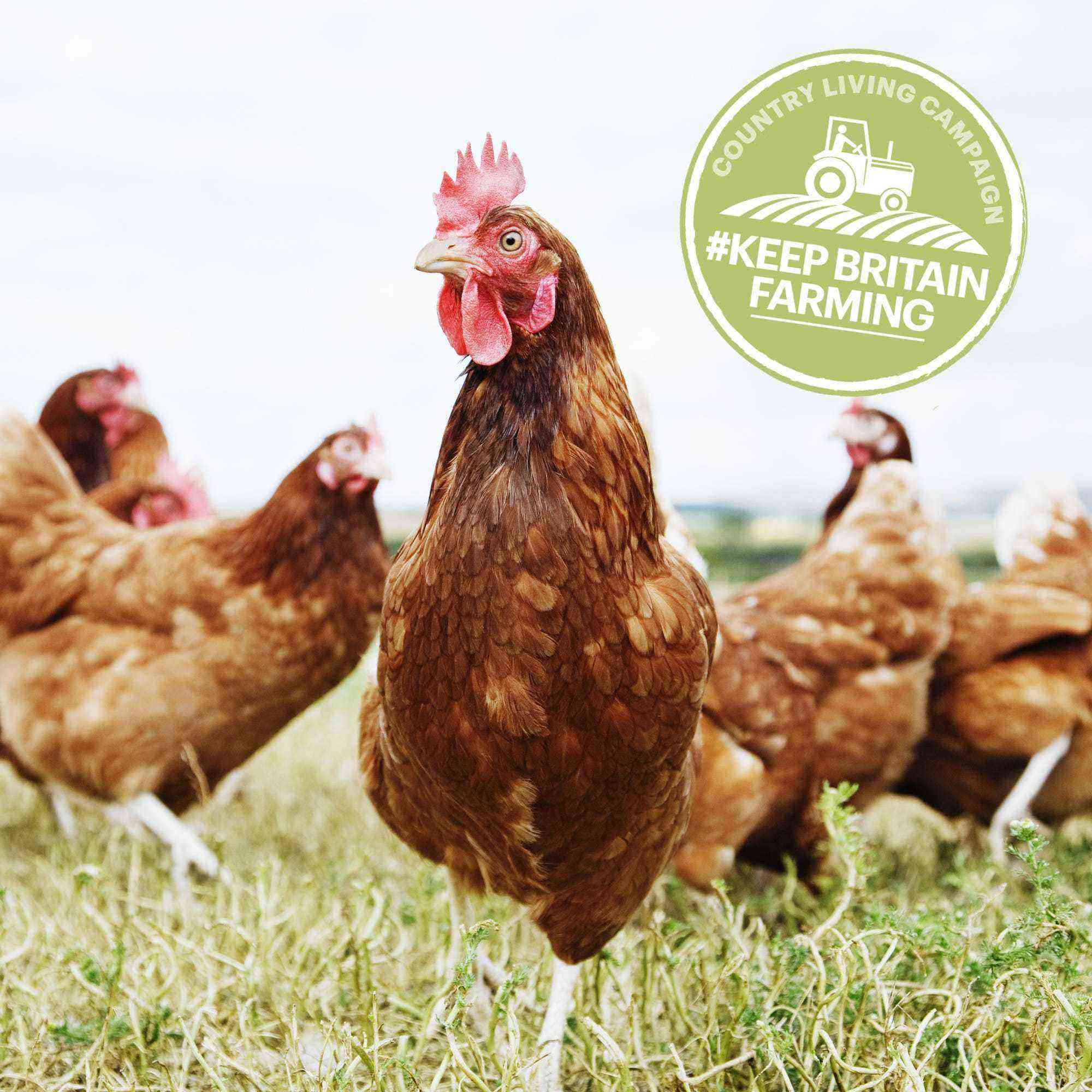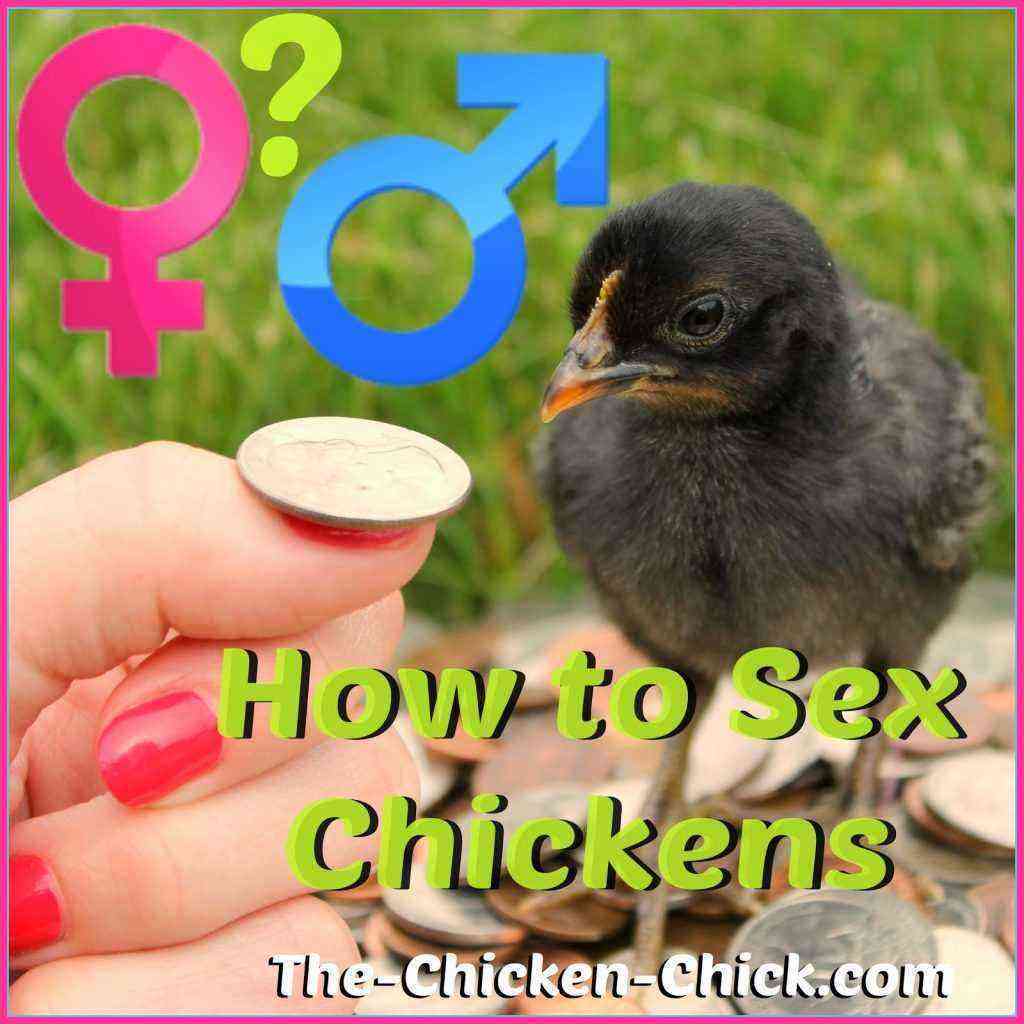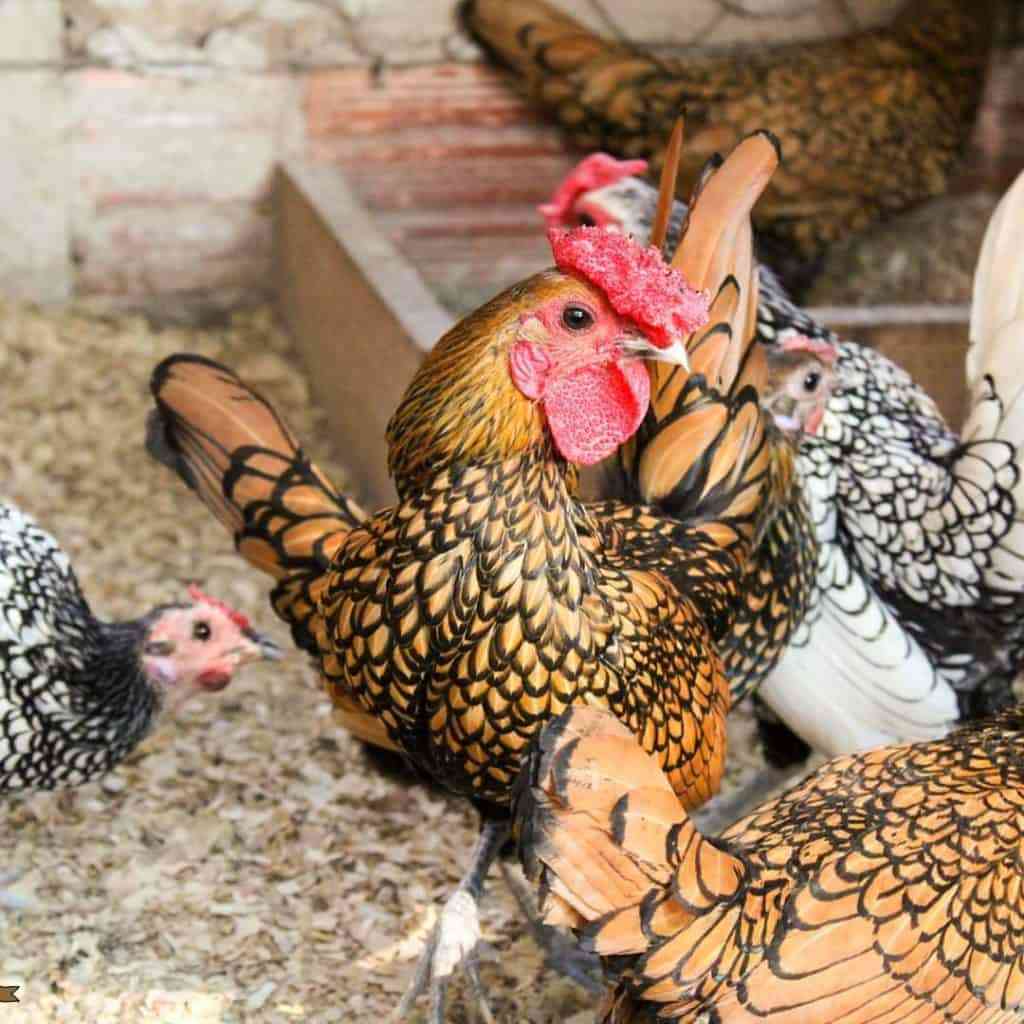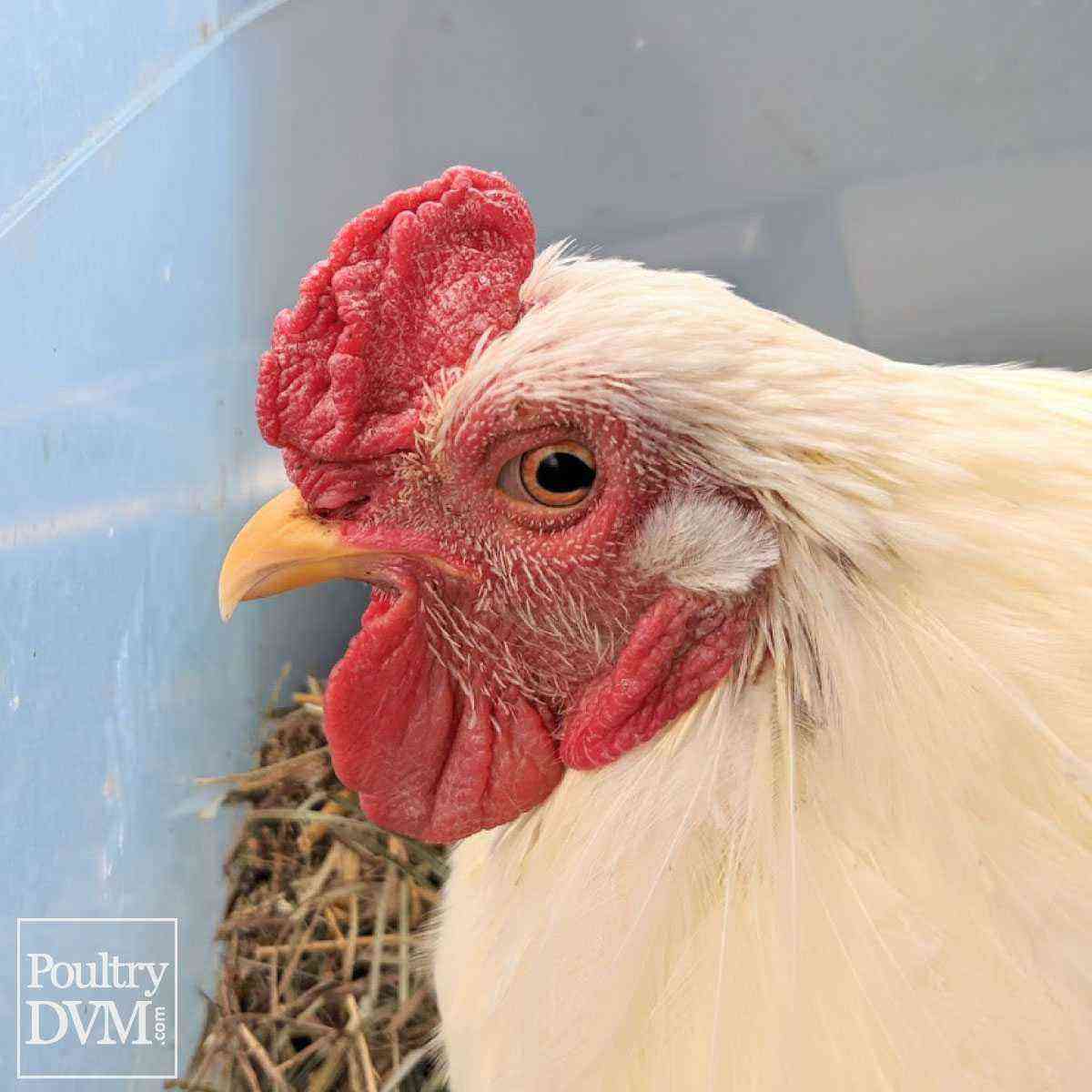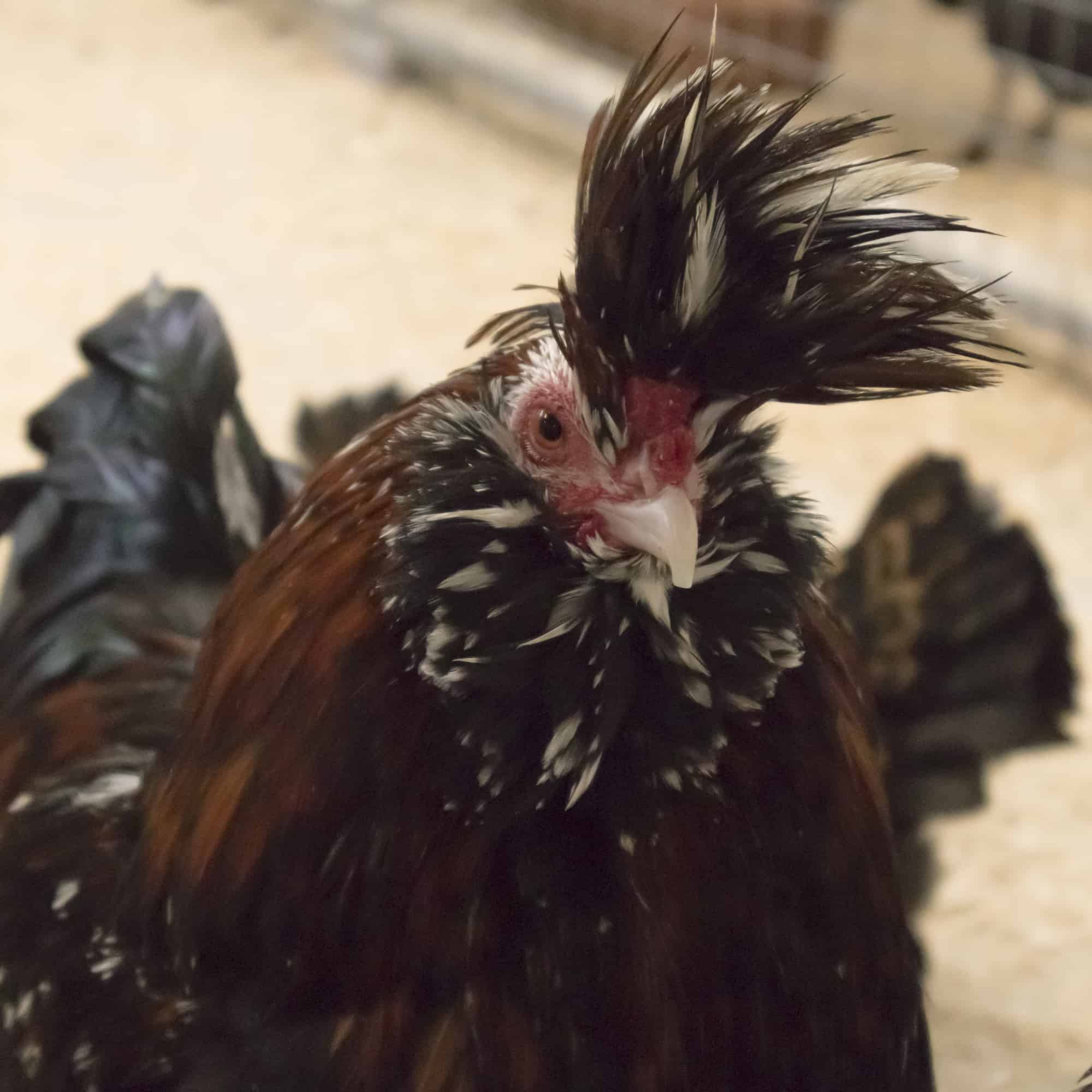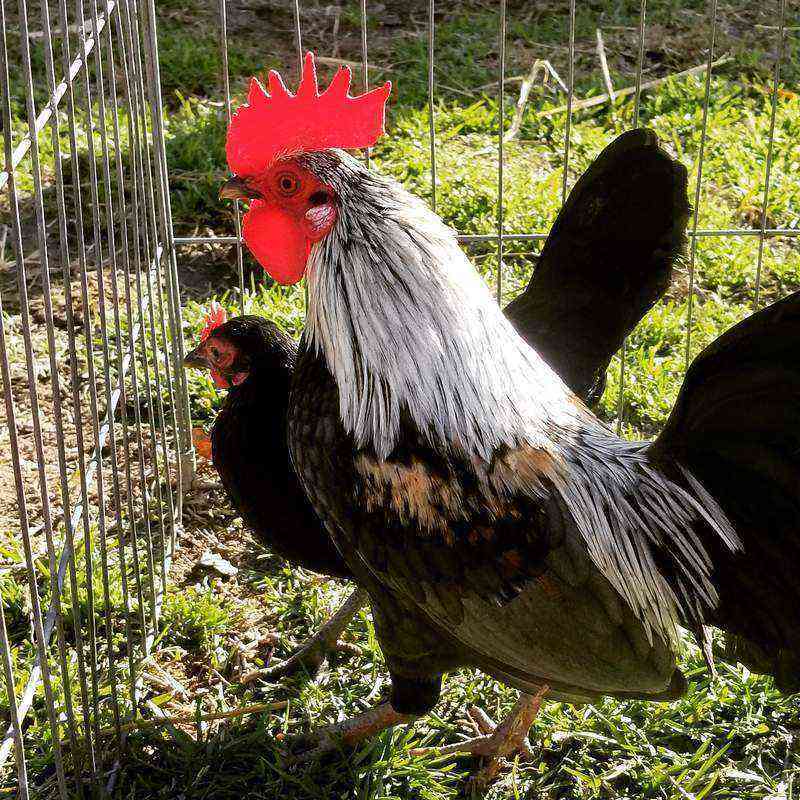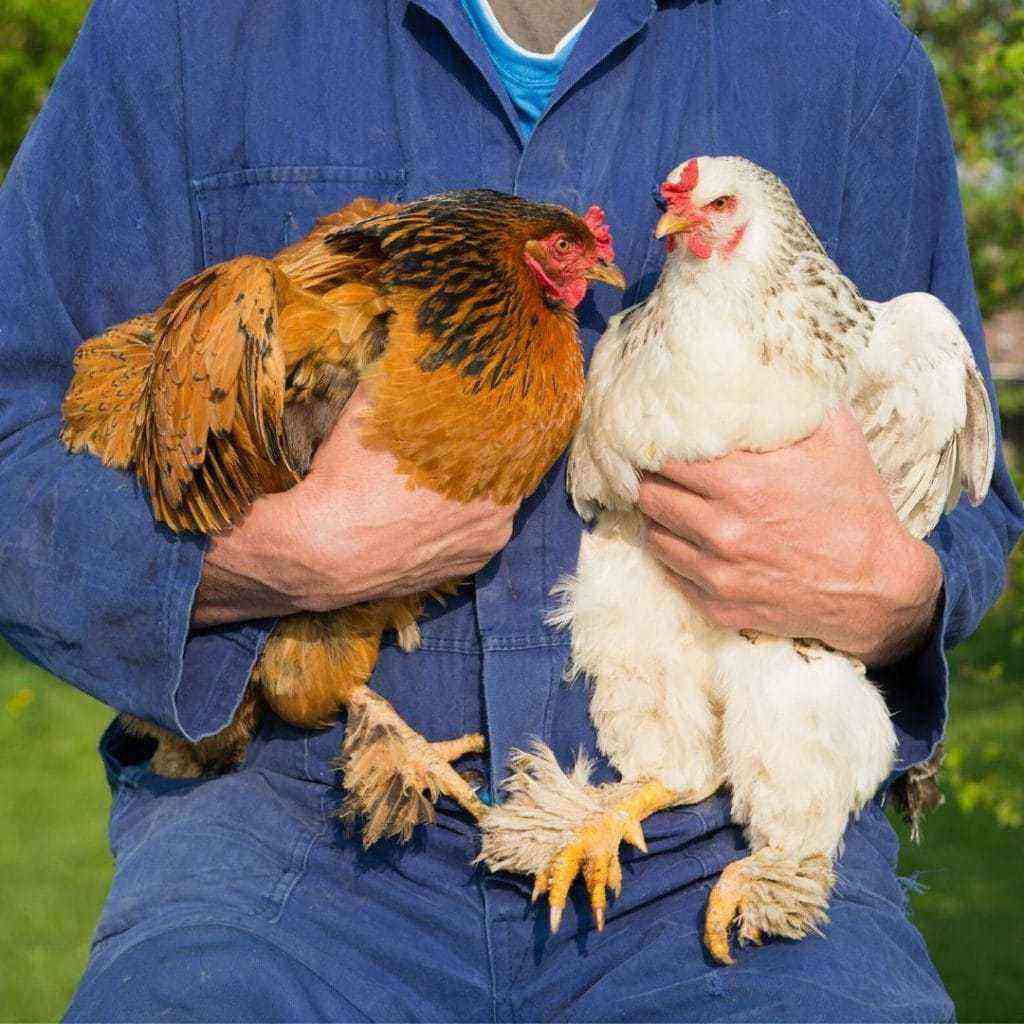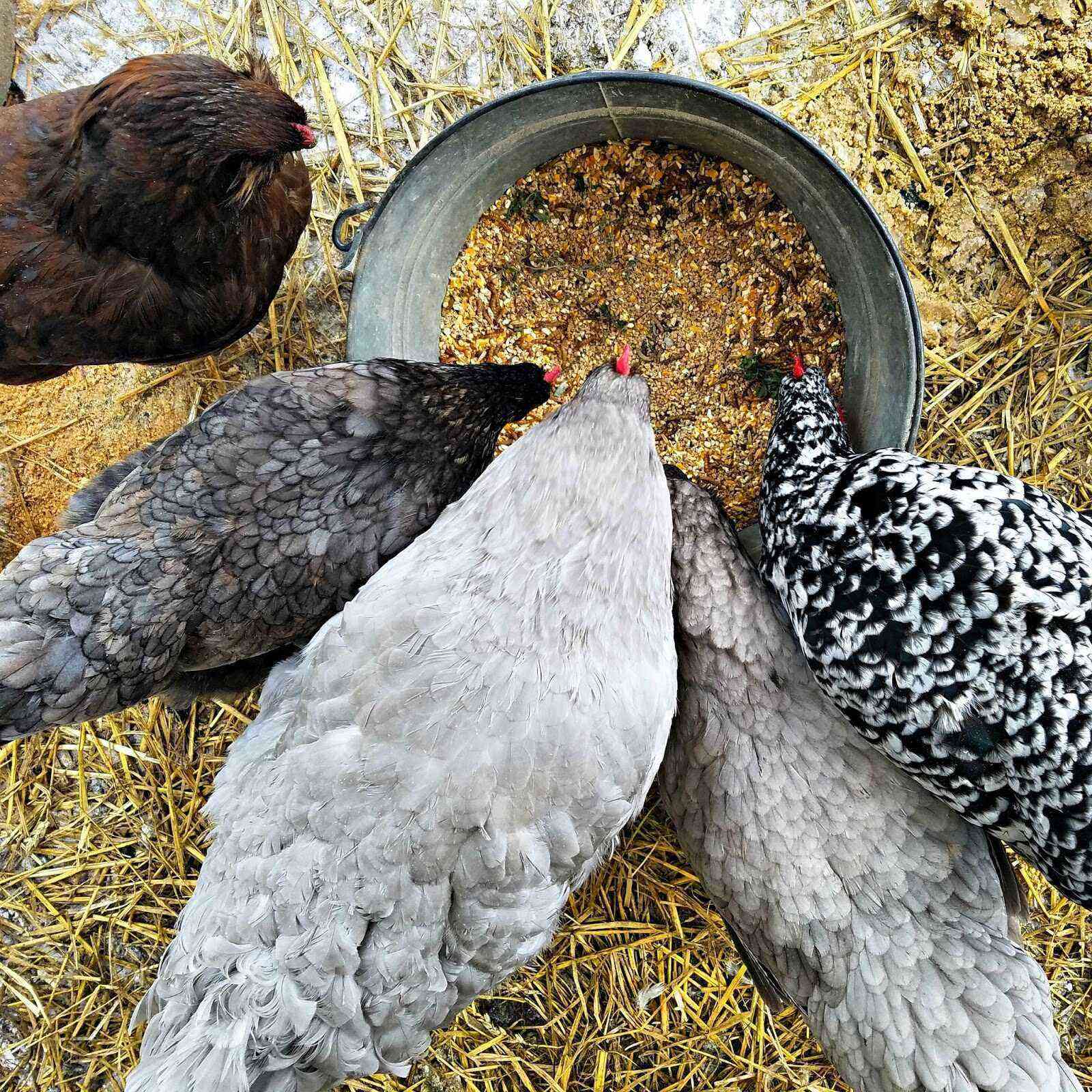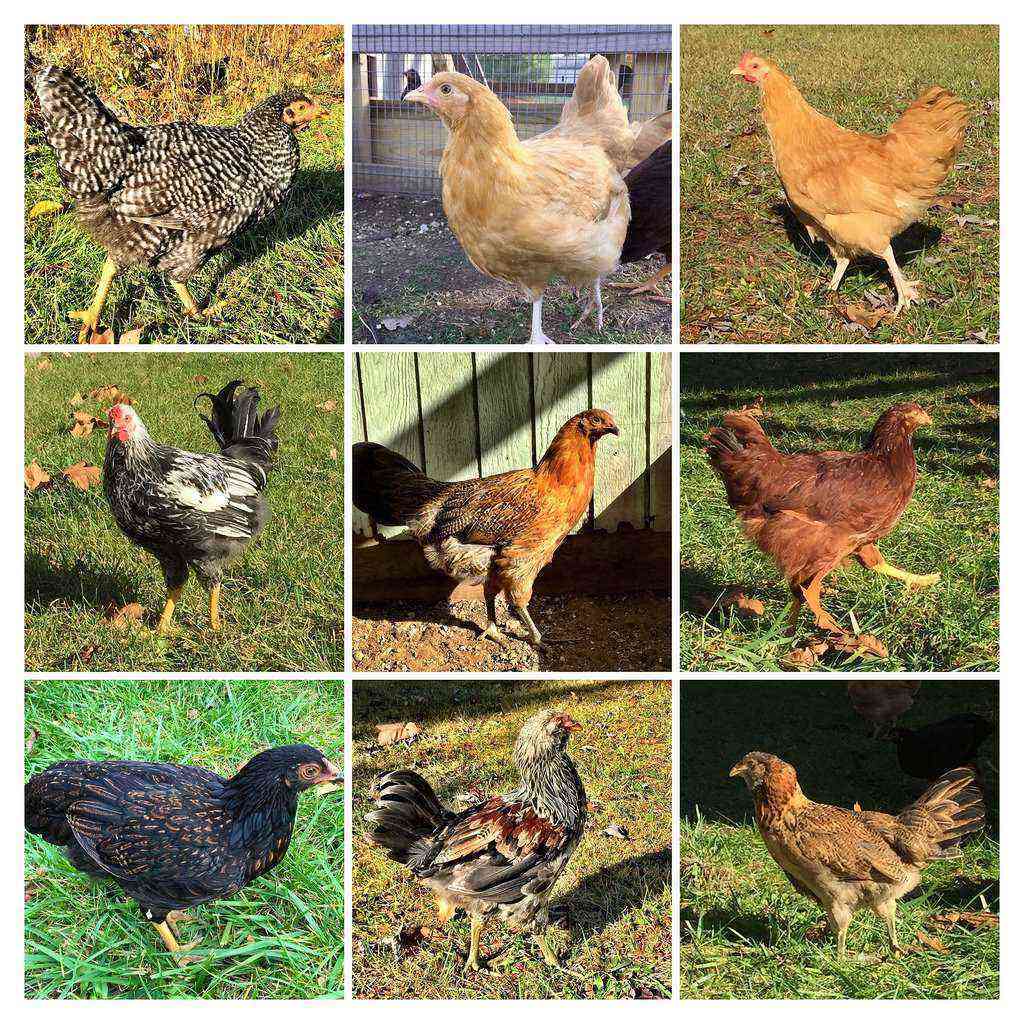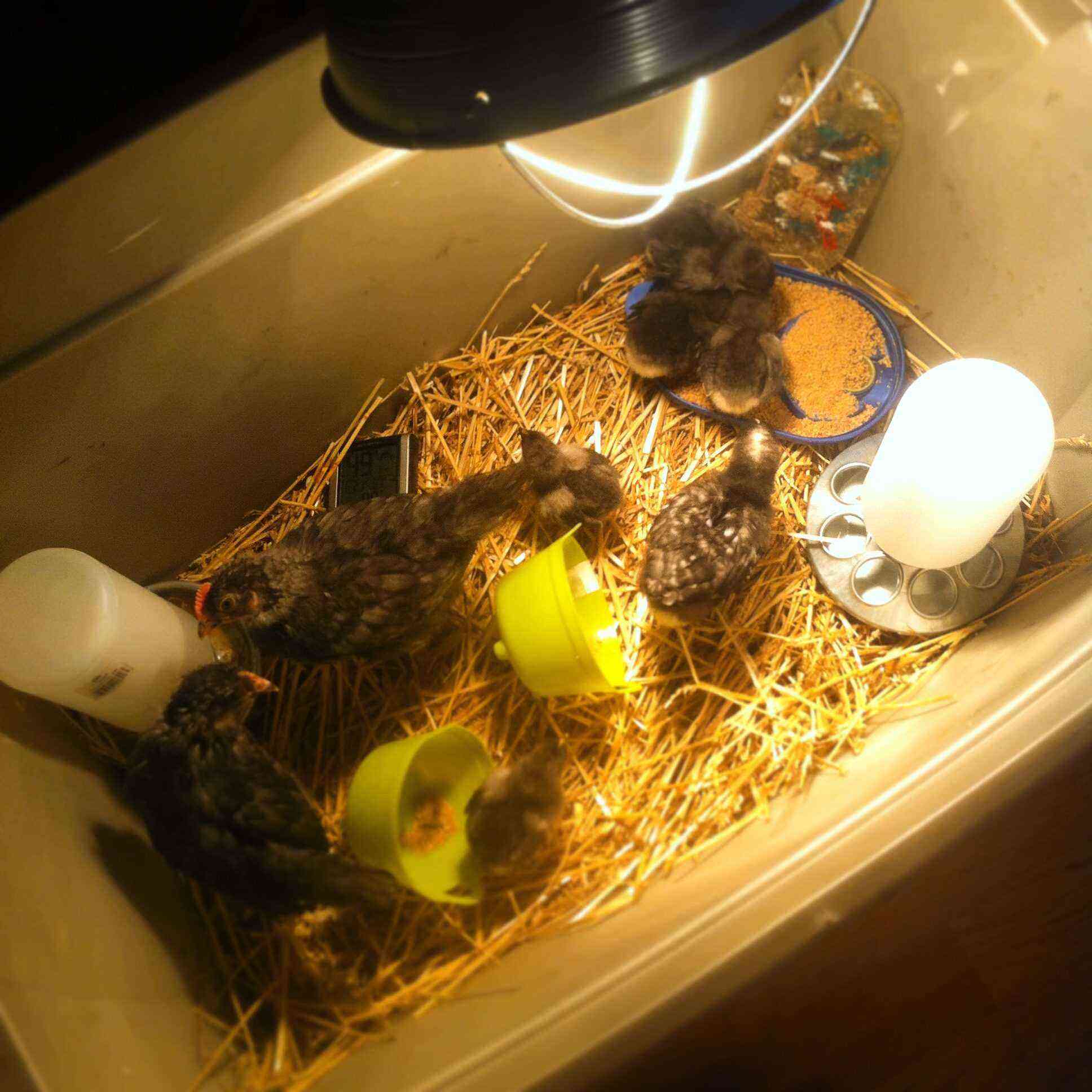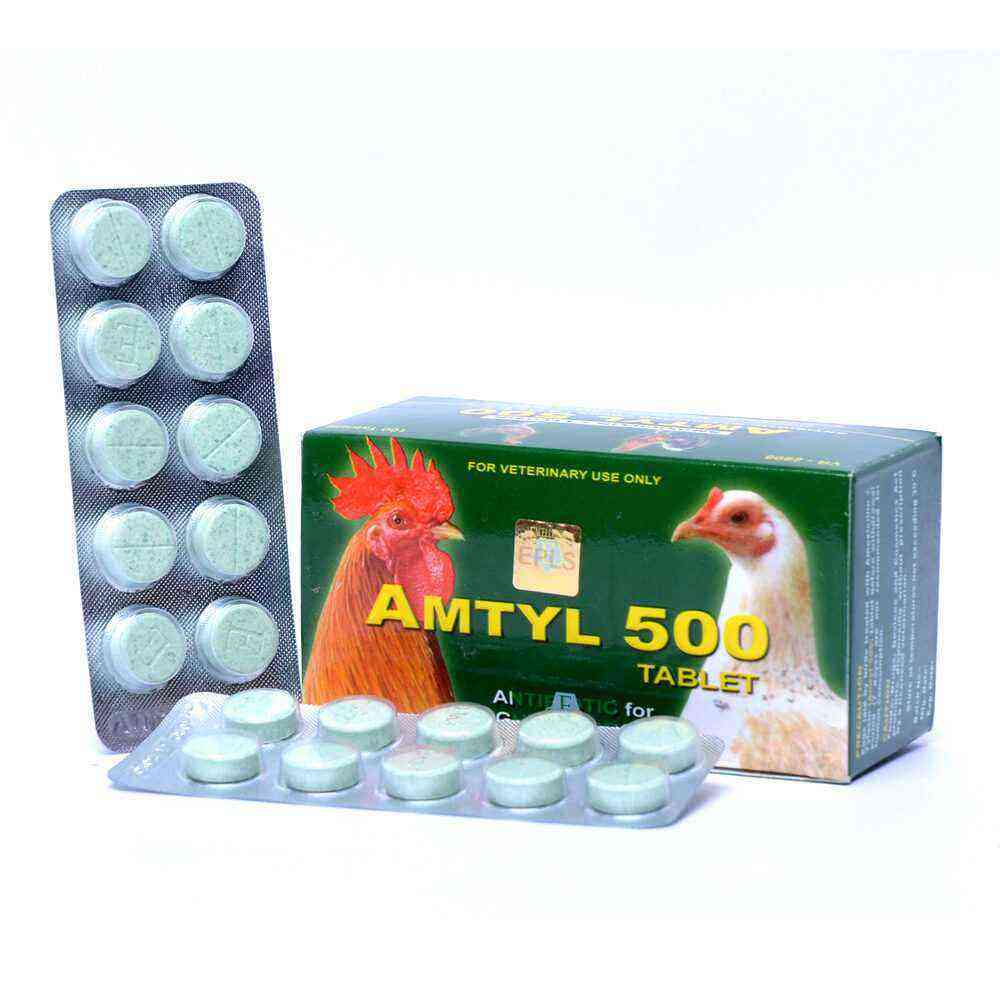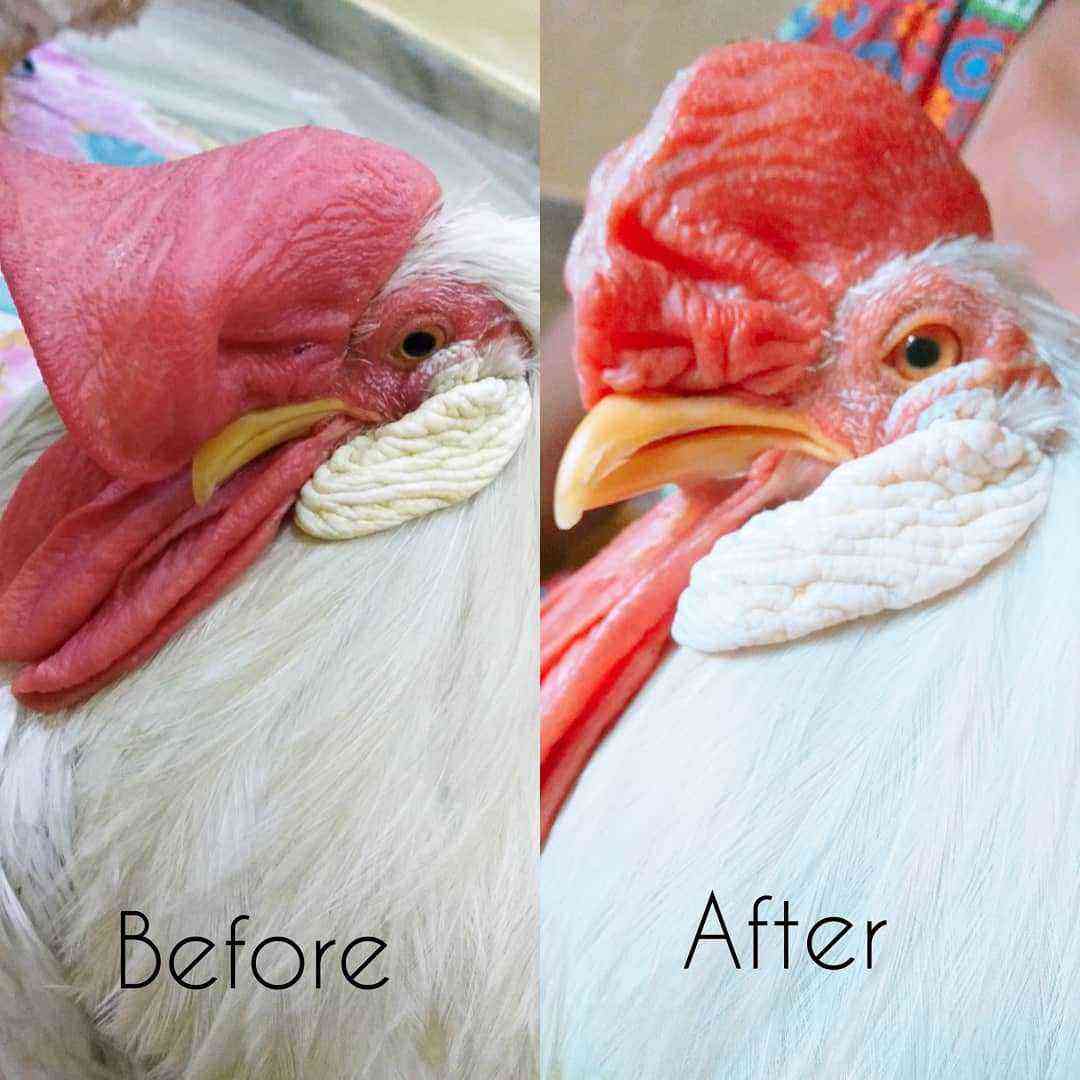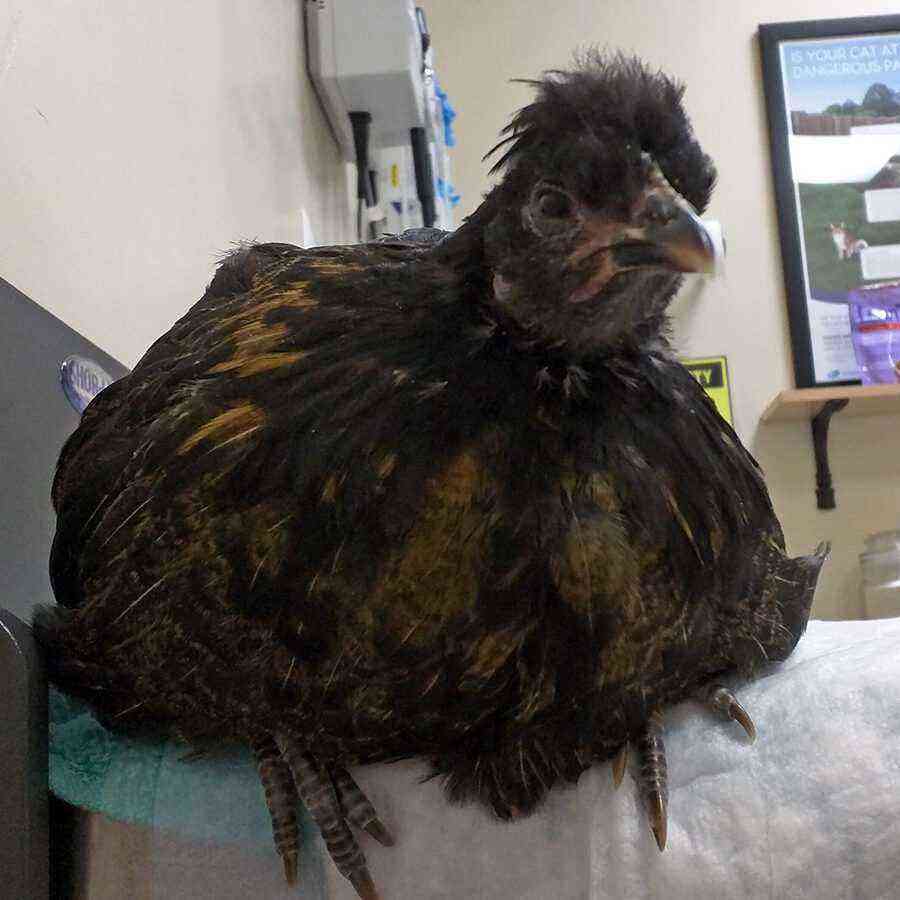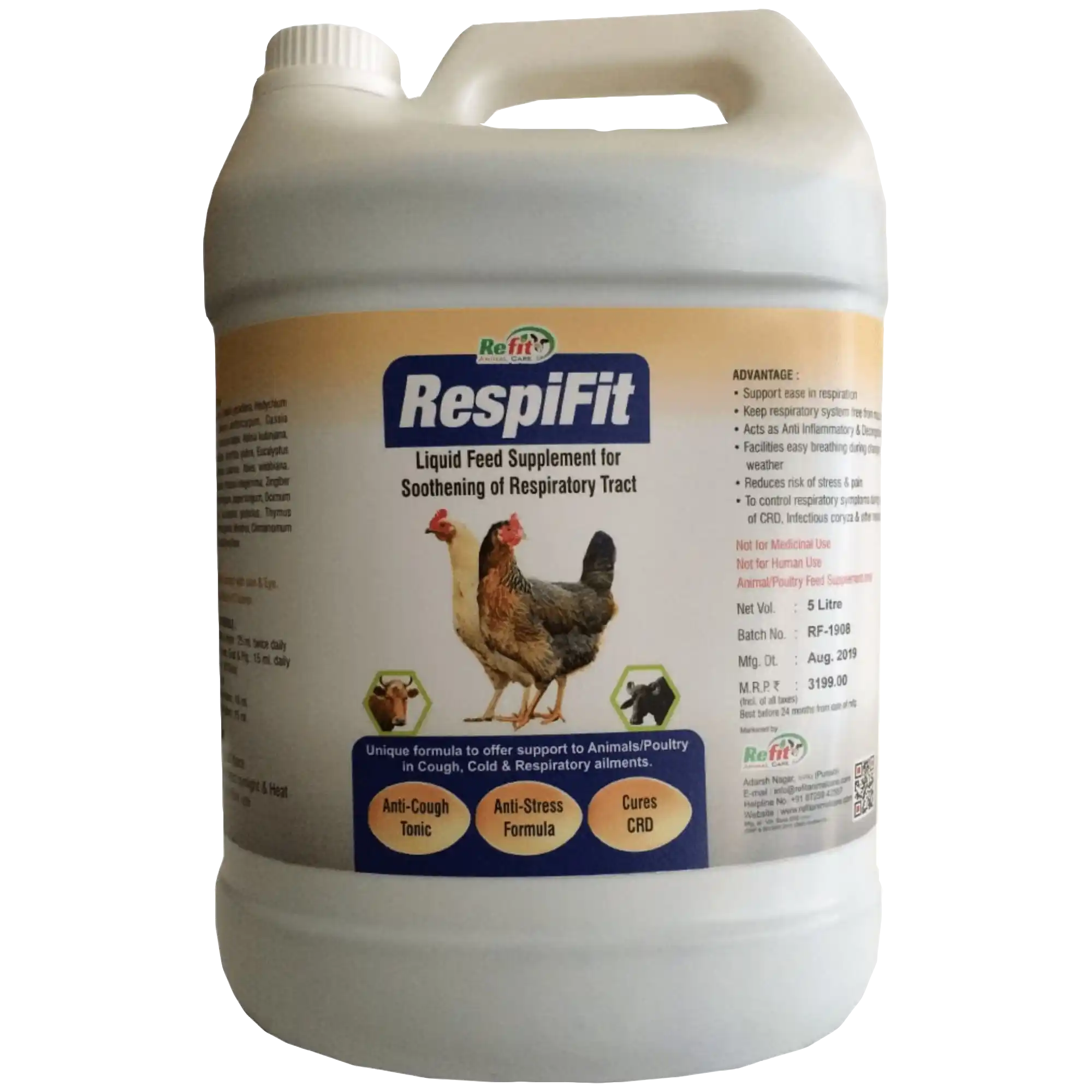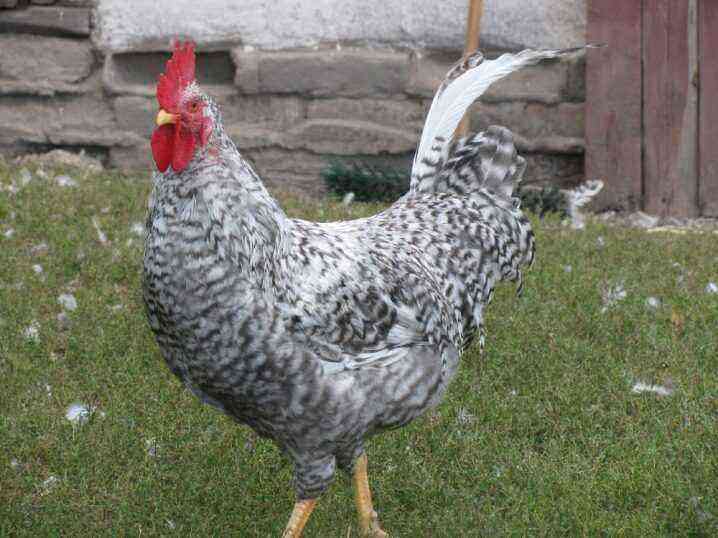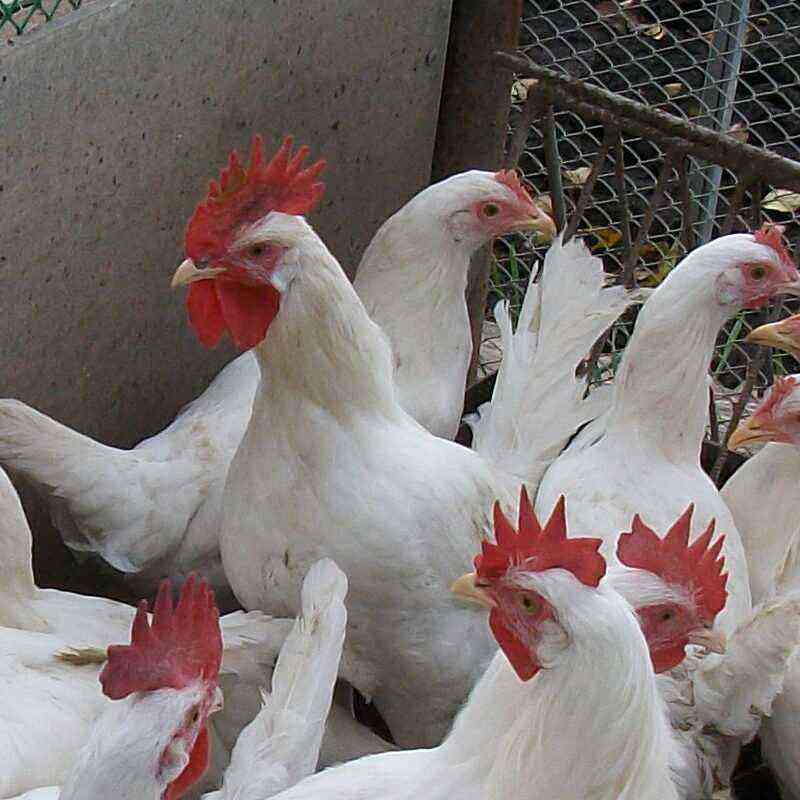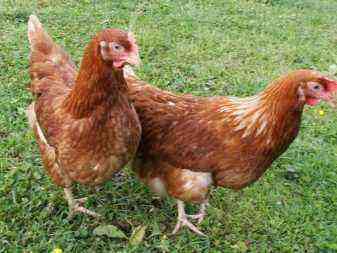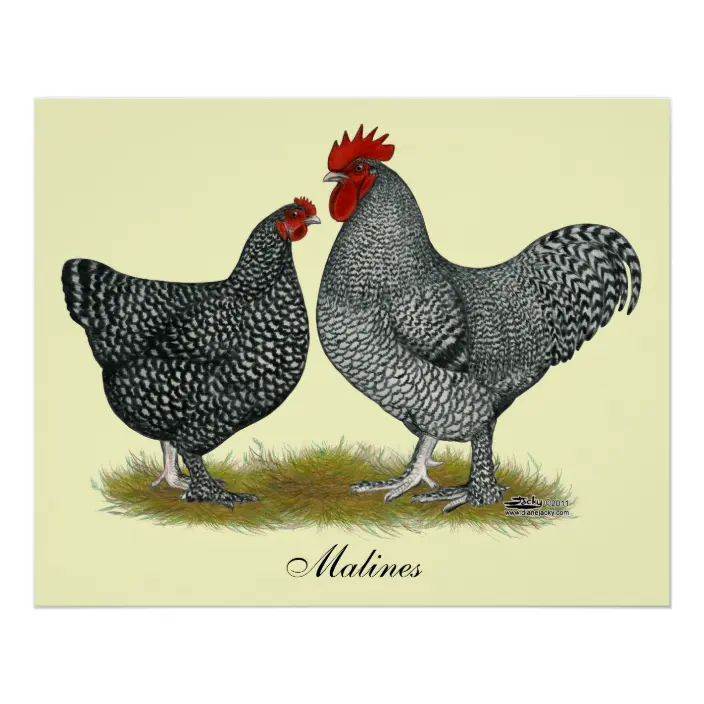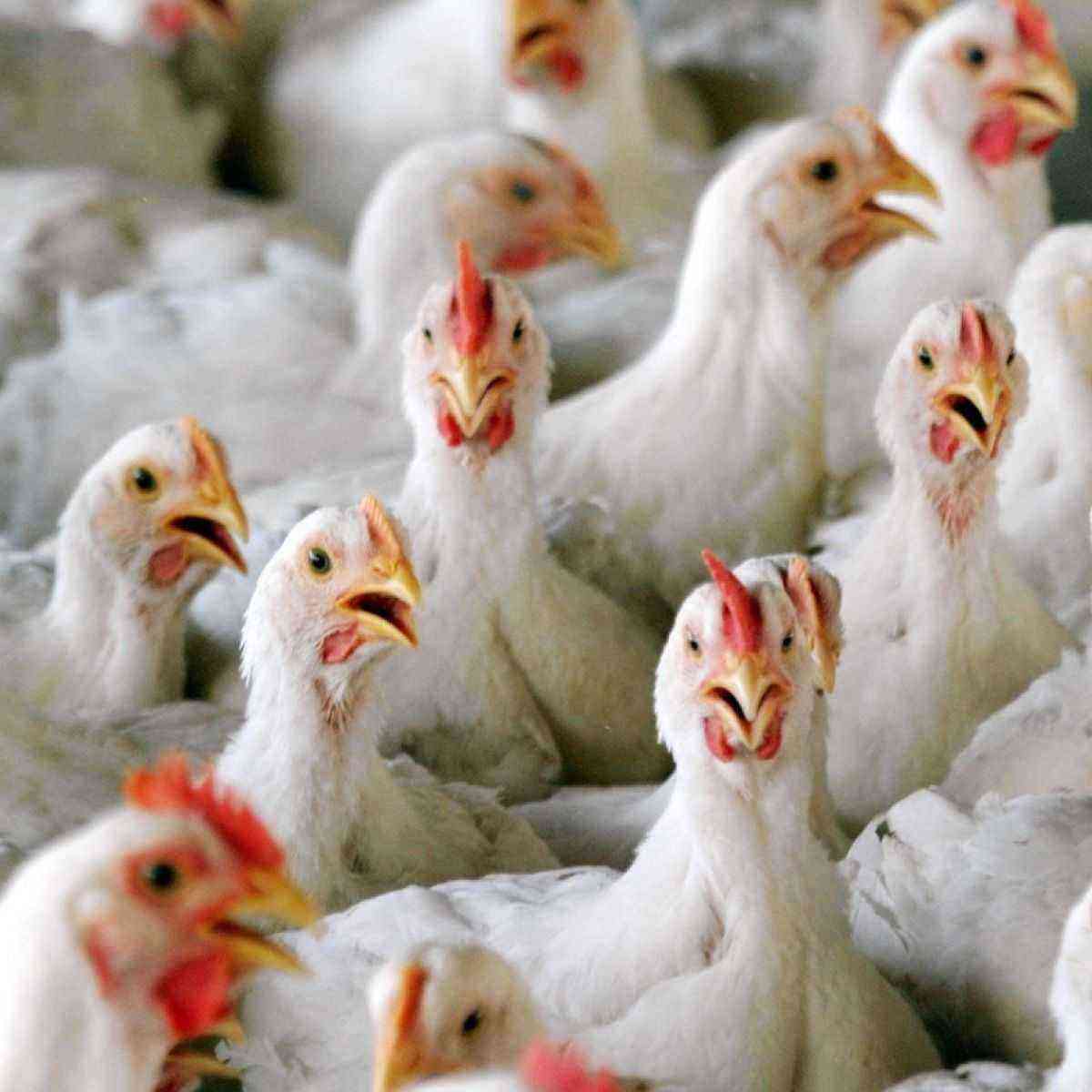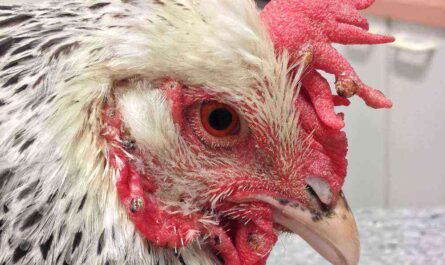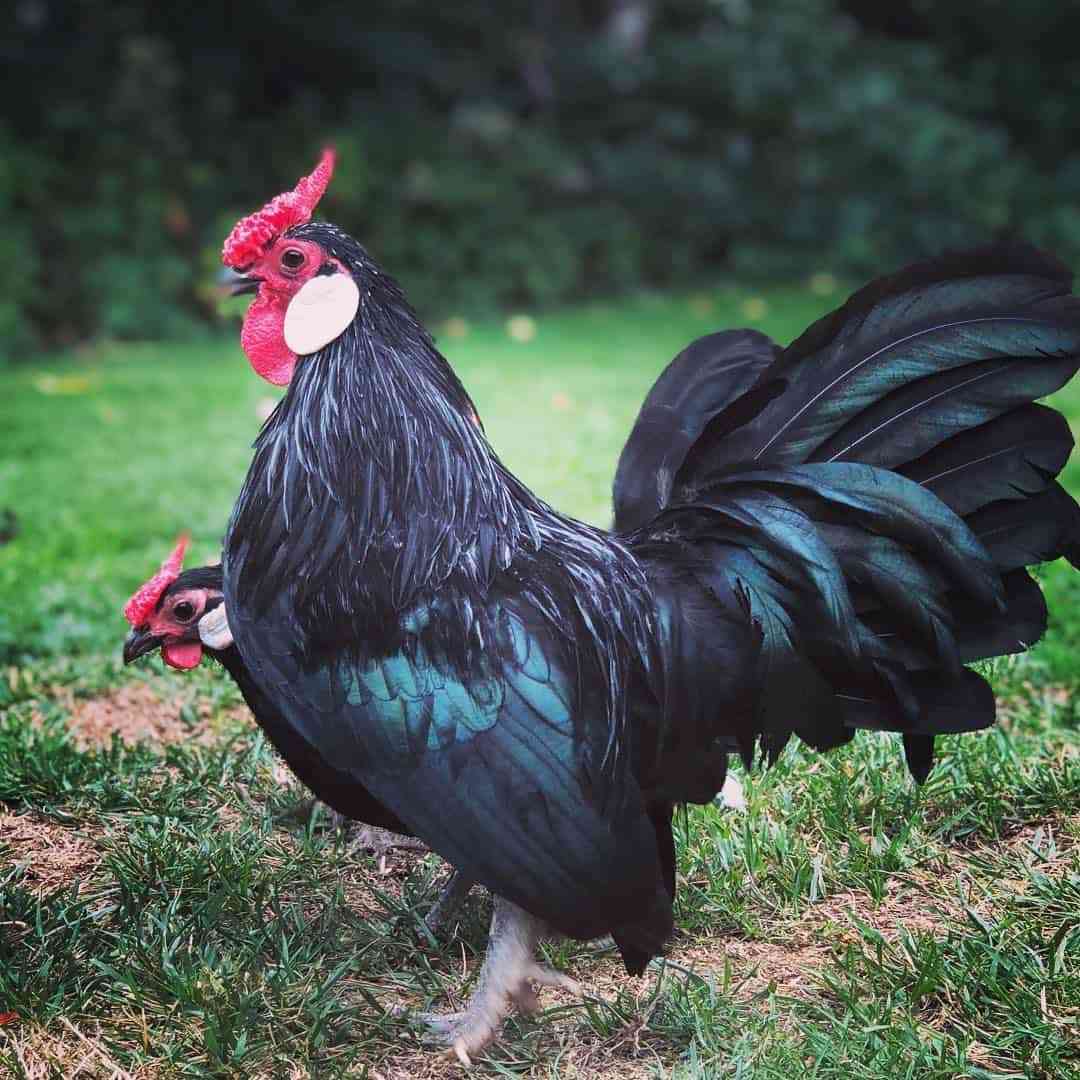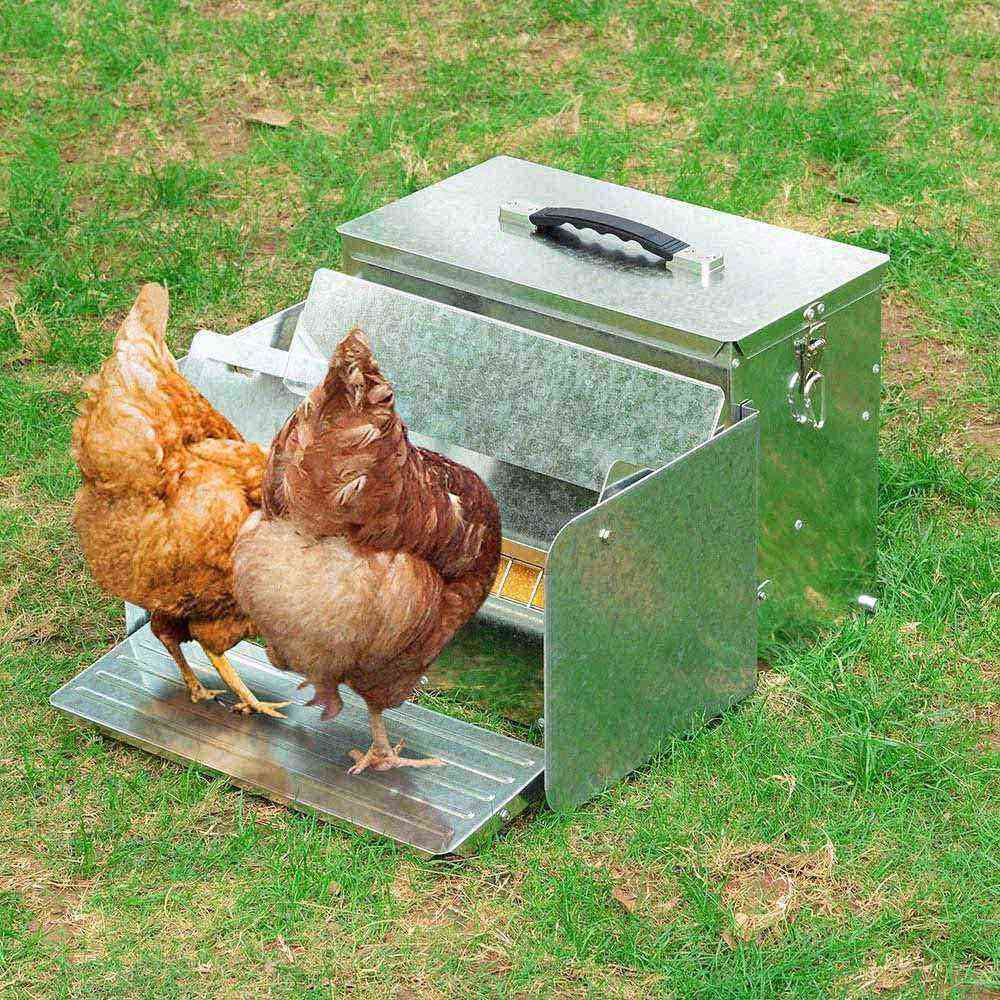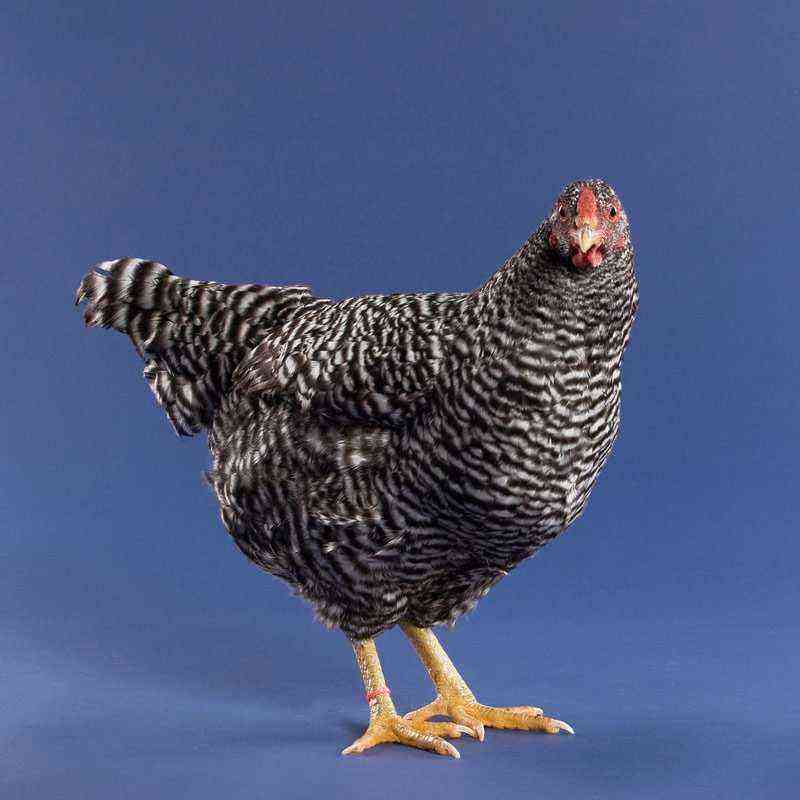Pavlovsk chickens are considered one of the most beautiful domesticated animals. Their appearance is the ideal of chicken beauty. The Pavlovskaya breed appeared in the distant XNUMXth century, and the history of its development was rather difficult.
However, despite this, the breed of Pavlovian chickens still exists today. Poultry farmers appreciate these animals for their resistance to external conditions, as well as for their high fertility.
What are the distinguishing characteristics of Pavlovsk chickens? How did this breed come about? What subspecies exist and how to properly care for animals? In our article, you will read a detailed description of the breed of Pavlovian chickens, as well as read the reviews of the owners of birds.
Description
Pavlovsk chickens, in comparison with other breeds of domestic animals, have a non-standard, but at the same time quite attractive appearance. The birds are quite light, have a graceful gait and have a noble posture.
It is important to note the fact that the body of Pavlovian chickens has a horizontal setting, and the head is small in size. The real decoration of the head is the tuft, which, in turn, is endowed with an original shape resembling a helmet. In addition, elements such as a beard and sideburns are located on the head. These details of appearance are quite lush and voluminous.
The tuft feathers are arranged vertically, which ensures that the “face”, in particular the eyes of the chicken, are completely open. Even those tufts that are impressive in size do not interfere with visibility for Pavlovian chickens.
The beak also has a non-standard shape. By itself, it is quite small and neat, but its important distinguishing characteristic is the fact that the end of the beak is somewhat curved. The beak can be painted in a wide variety of shades: from pink to almost black. The beak is endowed with nostrils that are raised above its surface, they can be seen quite clearly.
Another feature of the Pavlovian breed is an underdeveloped crest, which is located above the beak across the head. Behind the crest is the crest.
Chicken eyes are unusual – they have beautiful and deep cherry shades of various tones (in some individuals, the eyes can be almost black). The ears also have feathers that cover the earlobes. The back narrows towards the tail, and the chest has a pronounced protrusion. The tail of the chicken is also vertical and has a rather large size.
The plumage of the animal differs depending on the sex. So, roosters are more magnificently feathered than hens. It is this sign that helps determine the sex of the animal.
Inference history
First of all, it should be noted that the Pavlovian breed of chickens is the very first breed of domesticated animals that was bred in Russia. If we turn to historical sources, we can see that the first mention of these animals dates back to the XNUMXth century.
Unfortunately, due to such a prescription, it is impossible to establish a more specific date, as well as the ancestors of the breed and those breeders who were involved in its breeding. In addition, at that time, the achievements of breeders were not considered something valuable or significant.
Having existed on the territory of our country for about 200 years, by the beginning of the XNUMXth century, the Pavlovian breed of chickens was in decline – the threat of extinction hung over it. In the same century, chickens began to spread not only in Russia, but also in all countries of the world: first they came to Turkey, then to England. In foreign countries, Pavlovian chickens acquired a new name and began to be called Sultan’s. Therefore, it can be stated with sufficient confidence that all European breeds of chickens are descendants of Russian Pavlovian animals.
An interesting fact: today, breeders are doing a great job of restoring the historical breed of animals. Therefore, it can now be argued that the Pavlovian chickens that exist today have the same appearance that they had before 1926.
Modern scientists-researchers in this matter were guided by the book of I. I. Abozin, which was published in 1905.
Subspecies
As we have already seen thanks to the external description of the animal, as well as historical information about it, the Pavlovian chicken is a rather unique breed. However, it is not uniform in its structure and includes several subspecies. Let’s consider each of them in more detail.
Silvery
Already from the very name of the Pavlovian chicken subspecies, it becomes clear that the silver variety has an unusual color – it is called silver. The main color of the pen is white, but there are frequent inclusions of darker shades (black and dark gray). A special distinguishing feature, thanks to which the subspecies got its name, is the glossy sheen of a white feather. On the other hand, the dark areas of the bird’s body also have an unusual green tint.
The Pavlovian silver chicken is a rather small breed in terms of quantity. That is why it is highly valued by breeders and poultry farmers, which, in turn, significantly increases the price of the animal.
Golden
An attractive and unusual appearance has a golden variety of the Pavlovian breed of chickens. These animals are endowed with an unusual color of feathers – a combination of brown and gold. In addition, black spots dot the body of the bird.
Just like the silver variety, the golden breed has the ability to shine in the sun. On the other hand, the most important difference between this variety and the one described above (in addition to the color of plumage) is the prevalence of chickens. Golden pavlovian hens are more popular and therefore easier to obtain, they are also cheaper.
Features of the content
To begin with, an important fact should be noted: Pavlovian chickens are quite easy to care for, they do not have any specific requirements, they are quite unpretentious in their care. The only prerequisite for keeping such poultry is the ability to walk them. This need is due to the high level of mobility and activity that chickens have. Because of these characteristics, they are not recommended to be kept in cages.
The very same chicken coop, which will become a permanent home for animals, should be spacious enough and have a large area. In addition, it must be warm (if necessary – heated). This requirement is especially relevant for areas with harsh climatic conditions. The thing is that the bird does not tolerate severe frosts.
The chicken coop must necessarily be equipped with special perches on which the chickens could gain a foothold. These elements should be located at a distance of 1 meter from the floor.
If desired and possible, you can build specialized ladders for lifting chickens, however, it is not necessary to do this at all – the Pavlovian breed will jump onto the perches on its own.
In the warm season (summer, late autumn and early spring), animals should spend the maximum amount of time outdoors. If possible, equip street perches.
As for the care and cleaning in the poultry house, this procedure is quite simple. It is enough only once a year to replace the litter in the chicken coop, and its walls should be treated with slaked lime. Hay in laying hen nests should be replaced at least once every 1 weeks (this is especially important during the period when they begin to rush). You should also thoroughly clean and rinse the feeders and drinkers once every 4 weeks. These hygiene procedures will protect animals from infection with harmful microorganisms, as well as from various bacteria, infections and diseases.
In addition, all individuals (hens, roosters, chickens, broilers) must be regularly treated with specially designed chemicals for parasites.
Pavlovian chickens – both silver and golden subspecies – eat the same food. In the summer, when animals spend most of their time outdoors, any additional artificial feeding should be minimized. During this period, pasture should become the main food of animals: grass, insects, etc.
However, make sure that the area where the chickens are grazing is completely safe (no poisonous plants, no trash, etc.).
On the other hand, much more attention should be paid to the diet of poultry during cold seasons. Food should be healthy and complete, saturated with all the necessary minerals and vitamins. Also, make sure the portions are large enough. So, it is believed that a chicken should eat 1 serving of food no faster than half an hour. It is important to remember that the products must be fresh. So, in the diet you can include:
- grain mixtures;
- compound feed;
- grass flour;
- waste from meat and fish;
- whey;
- mix;
- mixes of vitamins and minerals.
In addition, it is necessary to provide free access to water. Keep fluid clean and fresh and change it regularly.
Reviews
Owners who already own Pavlovian chickens, for the most part, leave positive feedback about this breed of animal. So, they highlight such features as precocity, egg production, a fairly developed maternal instinct, as well as a low mortality rate. Thanks to these positive qualities, the Pavlovian breed of chickens is the choice of many breeders and poultry farmers. And this applies not only to experienced masters, but also to beginners.
On the other hand, Pavlovian chickens, like any other animals, have not only positive features, but also disadvantages. Among them, the most significant are such traits as increased activity, the ability to fly high and noise.
Nevertheless, the pros of chickens outweigh.
For keeping and breeding Pavlovian chickens, see below.
